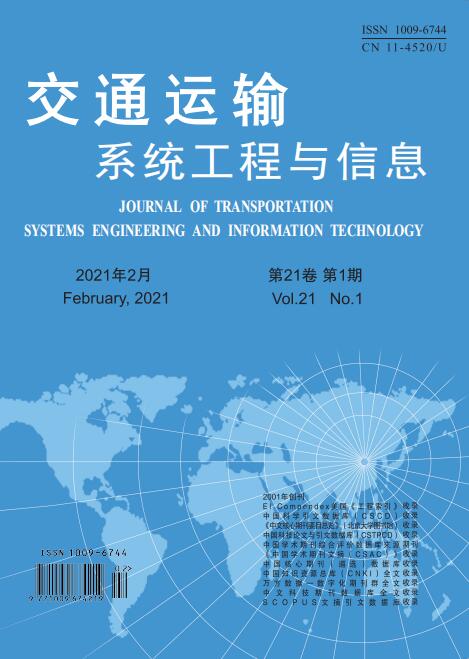To study the behavior characteristics and identification of individual drivers in car-following condition, the differences in the distribution of car- following characteristics, including acceleration, relative speed, relative distance, time to headway (THW), time to collision (TTC), were compared based on naturalistic driving data by statistical analysis, frequency domain analysis and time- frequency analysis. The key features that characterize the difference in drivers' car- following behavior were extracted using statistical methods and discrete wavelet transform (DTW). A driver identification model based on Random Forest (RF) was established by using different parameters as the input vectors and determining the best parameters. The results of the naturalistic driving data from 8 drivers show that RF model with mean, standard deviation, median, and wavelet energy entropy of the acceleration, relative speed, relative distance, THW, TTC as feature vectors has an accuracy of 96.81% and an out- of- bag error rate of 4.55% in driver recognition. Compared with Support Vector Machine (SVM), K-Nearest Neighbor (KNN), and BP Neural Network, RF model established by multi- scale feature vectors is effective to obtain higher recognition accuracy in driver identification under the car-following condition. This result is important for the refined research of driving behavior and the development of personalized driving assistance systems.


